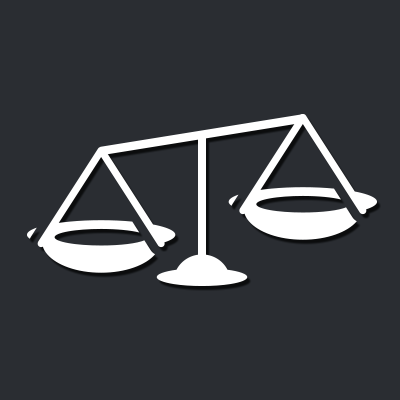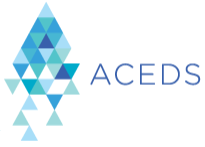There’s a New TAR Case Law Primer Published by The Sedona Conference: eDiscovery Best Practices
One of the major topics discussed during last month’s panel discussion at The Masters Conference and also last week during our ACEDS webinar was the debate over the current state of judiciary acceptance of technology assisted review (TAR). Whether intentional or not, to help with that debate The Sedona Conference® has just published the Public Comment Version of a new TAR Case Law Primer.
This was a project of The Sedona Conference Working Group on Electronic Document Retention and Production (WG1). As noted in the Preface of the Primer, it is “the product of more than a year of development and dialogue within WG1. It was originally conceived as a chapter of a larger Commentary on the use of TAR in civil litigation, but the rapid development of the case law, the volume of court decisions, and the importance of those decisions in shaping legal practice in real time required that an exposition of the case law be made available on a faster timetable than WG1’s usual dialogue and consensus-building process allowed. For that reason, the Primer strives to present the case law in as neutral a fashion as possible. It avoids making any recommendations regarding particular TAR methodologies, nor does it propose any principles, guidelines, or best practices for TAR application, independent of those suggested by the courts themselves.”
The 33 page PDF file covers several topics related to Technology Assisted Review, including:
- Da Silva Moore: Obviously as the first case to authorize the use of TAR, Judge Andrew Peck’s Da Silva Moore ruling merits its own section as a logical starting point, with the advantages of TAR and the emphasis on process (including advice to “follow the Sedona Cooperation Proclamation model”);
- Other Courts’ Encouragement of the Use of TAR and Additional Cases Reflecting the Parties’ Use of TAR: The Primer touches on other cases where the use of TAR was either encouraged or used;
- Disputed Issues Regarding TAR: This is the significant portion of the Primer, touching on issues ranging from efforts by requesting parties (and by courts) to compel the use of TAR, two contradictory decisions about whether it’s OK to switch to TAR in the middle of discovery, cases that address the appropriateness of using search terms to cull the document population before applying TAR, issues associated with disclosure of seed/training/validation sets and advance court approval of the use of TAR (such as the Dynamo Holdings case, which recently had another significant opinion about the results of the TAR process, despite cooperation between the parties).
The Primer also provides a review of evolving views of TAR and the state of international adoption, with discussion of both the Pyrrho Investments and Brown v BCA Trading cases. The final section is an Index of Cases (at least those covered in the Primer).
The Conclusion section (just before the Index of Cases) offers this conclusion:
“While the case law reflects a broad consensus that TAR is an acceptable search and review methodology, certain issues regarding the details of its use remain unresolved. The general principles set forth in the cases discussed in this Primer should provide useful guidance to courts and parties seeking to use TAR to achieve the goals of Federal Rule 1 (the just, speedy, and inexpensive resolution of legal proceedings) and Rule 26(b)(1) (proportionality). The Bench and Bar should continue to actively monitor research and case law developments in this area.”
You can download the Primer here. The Sedona Conference encourages Working Group Series members and others to spread the word and share this link so they can get comments in before the public comment period closes on October 15, 2016 (consider the word spread!). Questions and comments regarding the Primer may be sent to comments@sedonaconference.org.
So, what do you think? What do you consider to be the state of judicial acceptance of TAR? Please share any comments you might have or if you’d like to know more about a particular topic.
Disclaimer: The views represented herein are exclusively the views of the author, and do not necessarily represent the views held by CloudNine. eDiscovery Daily is made available by CloudNine solely for educational purposes to provide general information about general eDiscovery principles and not to provide specific legal advice applicable to any particular circumstance. eDiscovery Daily should not be used as a substitute for competent legal advice from a lawyer you have retained and who has agreed to represent you.











